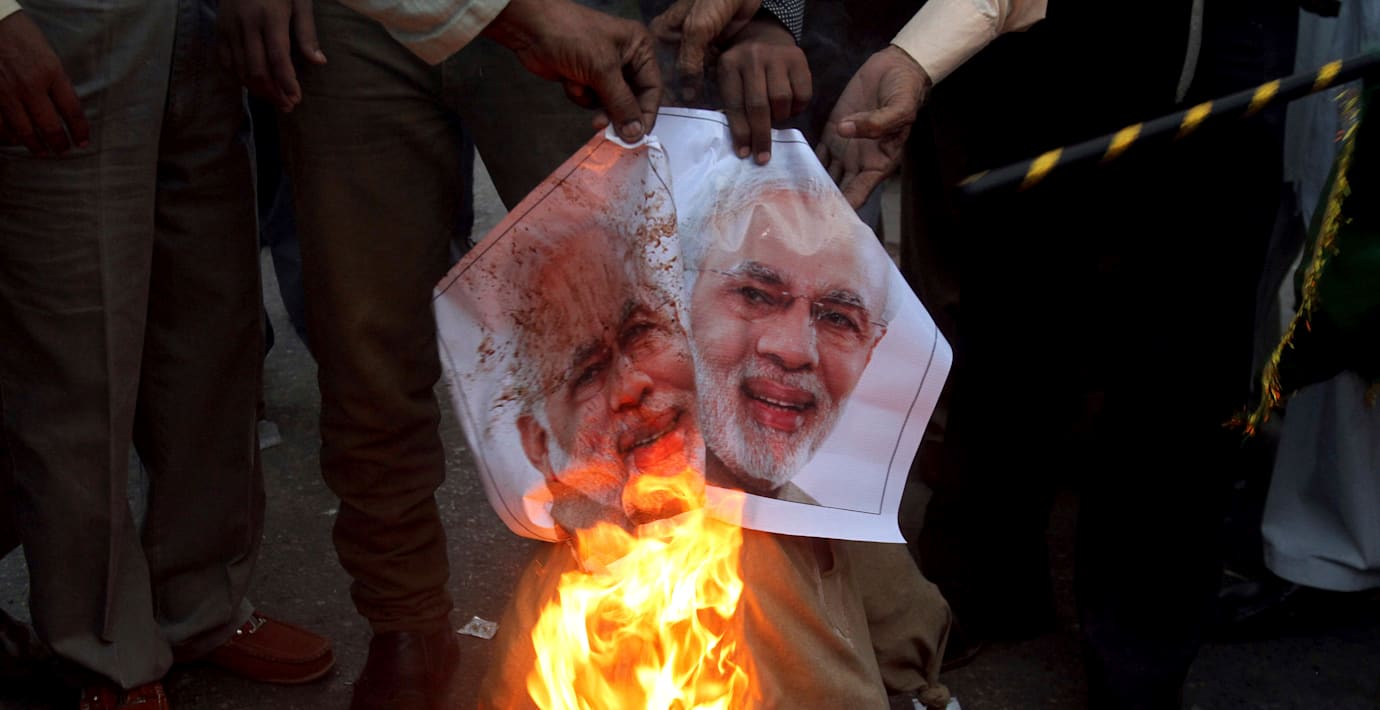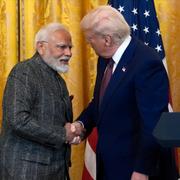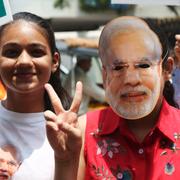bakgrund
Indragningen av 500- och 1000-rupiesedlarna
Wikipedia (en)
The demonetisation of ₹500 and ₹1000 banknotes was a policy enacted by the Government of India on 8 November 2016. All ₹500 and ₹1000 banknotes of the Mahatma Gandhi Series ceased to be legal tender in India from 9 November 2016.
The announcement was made by the Prime Minister of India Narendra Modi in an unscheduled live televised address at 20:15 Indian Standard Time (IST) on 8 November. In the announcement, Modi declared that use of all ₹500 and ₹1000 banknotes of the Mahatma Gandhi Series would be invalid from midnight of the same day and announced the issuance of new ₹500 and ₹2000 banknotes of the Mahatma Gandhi New Series in exchange for the old banknotes. However, the banknote denominations of ₹100, ₹50, ₹20, ₹10 and ₹5 of the Mahatma Gandhi Series remained legal tender and were unaffected by the policy.
The government claimed that the demonetisation was an effort to stop counterfeiting of the current banknotes allegedly used for funding terrorism, as well as a crack down on black money in the country. The move was described as an effort to reduce corruption, the use of drugs, and smuggling. However, in the days following the demonetisation, banks and ATMs across the country faced severe cash shortages. The cash shortages had detrimental effects on a number of small businesses, agriculture, and transportation, while people seeking to exchange their notes had lengthy waits, and several deaths were linked to the rush to exchange cash. Also, following Modi's announcement, the BSE SENSEX and NIFTY 50 stock indices crashed for the next two days.
The demonetisation received support from several bankers as well as from some international commentators, although it was criticised by members of the opposition parties, which led to debates in both houses of parliament and triggered organised protests against the current government in front of the parliament and elsewhere across India.




